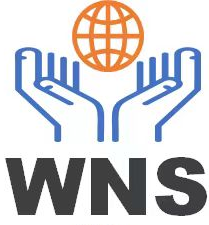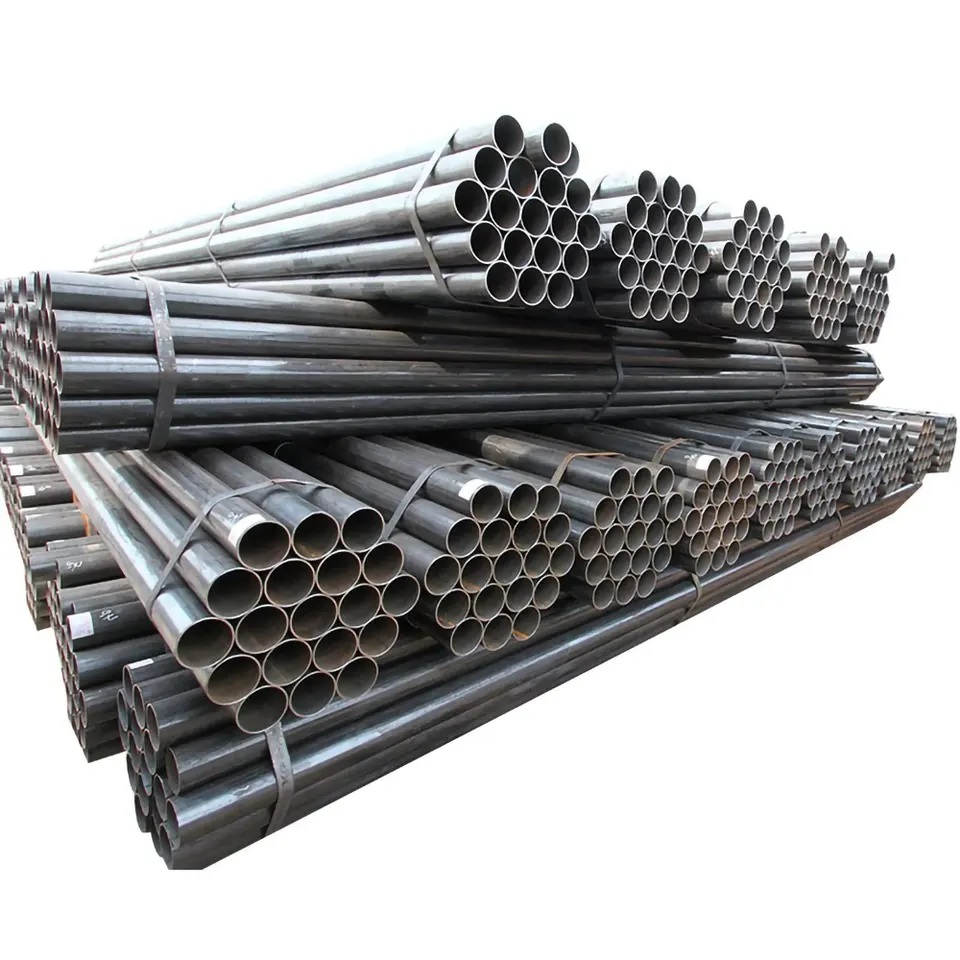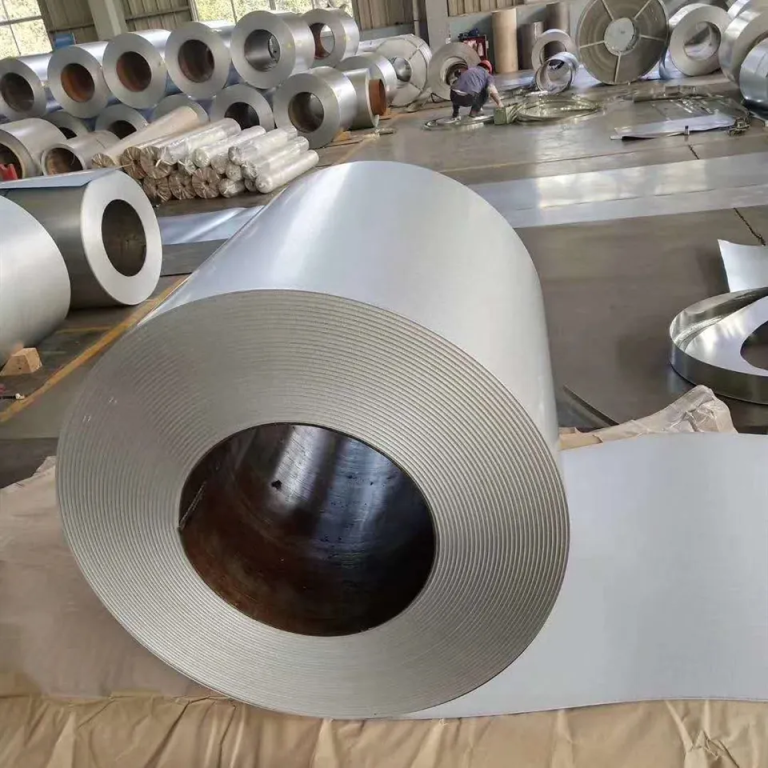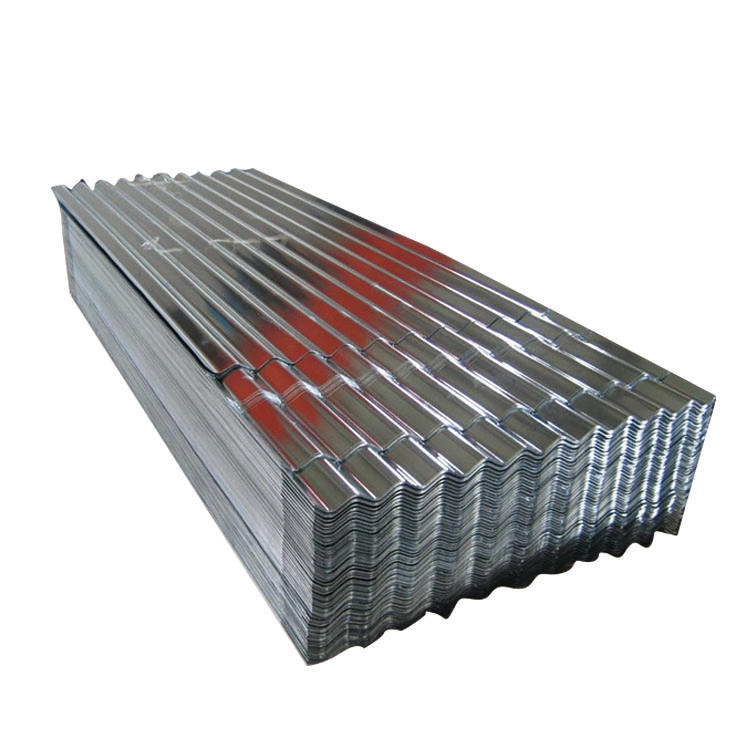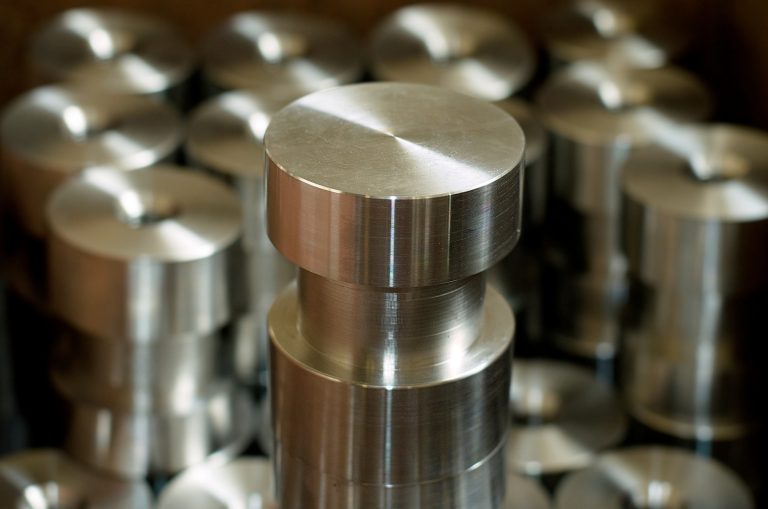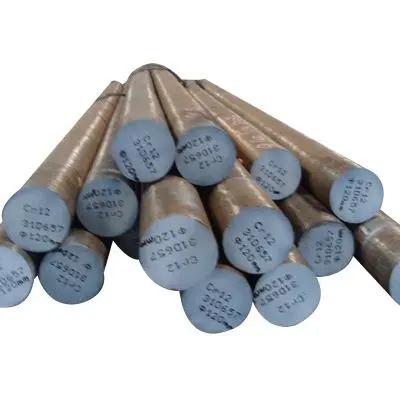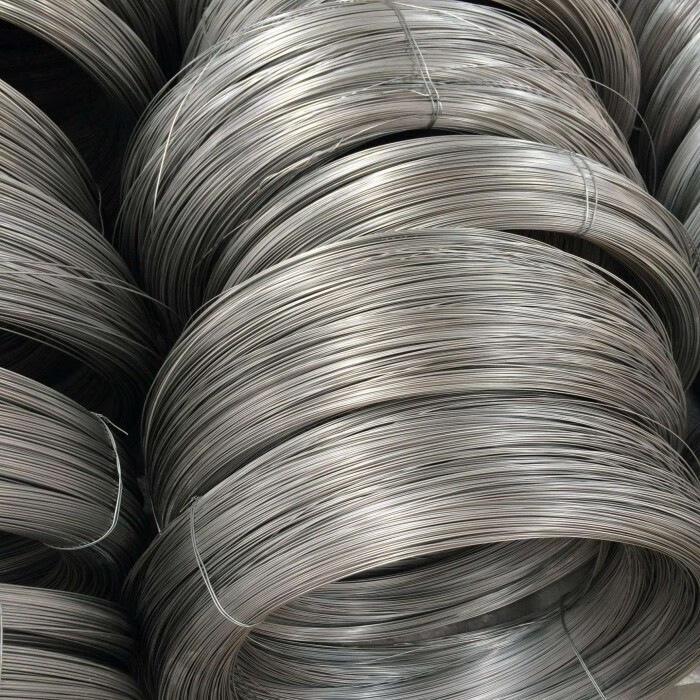Seamless steel pipes are divided into hot-rolled (extruded) seamless steel pipes and cold-drawn (rolled) seamless steel pipes due to their different manufacturing processes. Cold-drawn (rolled) pipes are divided into round pipes and special-shaped pipes.
1. Overview of the process Hot rolling (extruded seamless steel pipe): round pipe billet → heating → perforation → three-roller oblique rolling, continuous rolling or extrusion → tube removal → sizing (or reducing diameter) → cooling → billet pipe → straightening → water pressure test (or flaw detection) → marking → storage. Cold-drawn (rolled) seamless steel pipe: round billet → heating → perforation → heading → annealing → pickling → oiling (copper plating) → multi-pass cold drawing (cold rolling) → billet pipe → heat treatment → straightening → water pressure test (flaw detection) → marking → storage.
2. Seamless steel pipes are divided into the following varieties due to their different uses:
GB/T8162 (seamless steel pipe for structure). Mainly used for general structures and mechanical structures. Its representative materials (grades): carbon steel No. 20, No. 45 steel; alloy steel Q345, 20Cr, 40Cr, 20CrMo, 30-35CrMo, 42CrMo, etc.
GB/T8163 (seamless steel pipe for conveying fluid). Mainly used for conveying fluid pipelines on engineering and large equipment. Representative materials (grades) are 20, Q345, etc.
GB3087 (seamless steel pipe for low and medium pressure boilers). Mainly used for pipelines for conveying low and medium pressure fluids in industrial boilers and domestic boilers. Representative materials are No. 10 and 20 steel.
GB5310 (seamless steel pipe for high pressure boilers). Mainly used for high temperature and high pressure conveying fluid headers and pipelines on power station and nuclear power station boilers. Representative materials are 20G, 12Cr1MoVG, 15CrMoG, etc.
GB5312 (seamless steel pipes for carbon steel and carbon manganese steel for ships). Mainly used for Class I and II pressure-resistant pipes for ship boilers and superheaters. Representative materials include 360, 410, 460 steel grades, etc.
GB1479 (seamless steel pipes for high-pressure fertilizer equipment). Mainly used for high-temperature and high-pressure fluid pipelines on fertilizer equipment. Representative materials include 20, 16Mn, 12CrMo, 12Cr2Mo, etc.
GB9948 (seamless steel pipes for petroleum cracking). Mainly used for boilers, heat exchangers and fluid pipelines in petroleum refineries. Its representative materials include 20, 12CrMo, 1Cr5Mo, 1Cr19Ni11Nb, etc.
GB18248 (seamless steel pipes for gas cylinders). Mainly used for making various gas and hydraulic cylinders. Its representative materials include 37Mn, 34Mn2V, 35CrMo, etc.
GB/T17396 (hot-rolled seamless steel pipes for hydraulic props). Mainly used for making coal mine hydraulic supports, cylinders, columns, and other hydraulic cylinders and columns. Its representative materials include 20, 45, 27SiMn, etc.
GB3093 (High-pressure seamless steel pipe for diesel engine). Mainly used for high-pressure oil pipe of diesel engine injection system. Its steel pipe is generally cold-drawn pipe, and its representative material is 20A.
GB/T3639 (Cold-drawn or cold-rolled precision seamless steel pipe). Mainly used for steel pipes with high dimensional accuracy and good surface finish for mechanical structures and carbon pressing equipment. Its representative materials are 20, 45 steel, etc.
GB/T3094 (Cold-drawn seamless steel pipe and special-shaped steel pipe). Mainly used for making various structural parts and parts, its materials are high-quality carbon structural steel and low-alloy structural steel.
GB/T8713 (Precision inner diameter seamless steel pipe for hydraulic and pneumatic cylinders). Mainly used for making cold-drawn or cold-rolled seamless steel pipes with precise inner diameter dimensions for hydraulic and pneumatic cylinders. Its representative materials are 20, 45 steel, etc.
GB13296 (Stainless steel seamless steel pipe for boilers and heat exchangers). Mainly used for boilers, superheaters, heat exchangers, condensers, catalytic tubes, etc. in chemical enterprises. High temperature, high pressure and corrosion resistant steel pipes. The representative materials are 0Cr18Ni9, 1Cr18Ni9Ti, 0Cr18Ni12Mo2Ti, etc.
GB/T14975 (stainless steel seamless steel pipe for structure). It is mainly used for general structures (hotel and restaurant decoration) and chemical enterprises mechanical structures. It is resistant to atmospheric and acid corrosion and has a certain strength. The representative materials are 0-3Cr13, 0Cr18Ni9, 1Cr18Ni9Ti, 0Cr18Ni12Mo2Ti, etc.
GB/T14976 (stainless steel seamless steel pipe for fluid transportation). It is mainly used for pipelines for conveying corrosive media. The representative materials are 0Cr13, 0Cr18Ni9, 1Cr18Ni9Ti, 0Cr17Ni12Mo2, 0Cr18Ni12Mo2Ti, etc.
YB/T5035 (seamless steel pipe for automobile half-axle sleeve). It is mainly used to make high-quality carbon structural steel and alloy structural steel hot-rolled seamless steel pipes for automobile half-axle casings and drive axle housing axle tubes. Its representative materials are 45, 45Mn2, 40Cr, 20CrNi3A, etc.
API SPEC5CT (casing and oil pipe specification) is compiled and published by the American Petroleum Institute (API) and is commonly used all over the world. Among them: Casing: a pipe that extends from the ground surface into the well and serves as a well lining. The pipes are connected by couplings. The main materials are steel grades such as J55, N80, P110, and steel grades such as C90 and T95 that are resistant to hydrogen sulfide corrosion. Its low steel grade (J55, N80) can be welded steel pipe. Oil pipe: a pipe inserted from the ground surface into the casing until it reaches the oil layer. The pipes are connected by couplings or as a whole. Its function is to allow the pump to transport oil from the oil layer to the ground through the oil pipe. The main materials are J55, N80, P110, and C90, T95 and other steel grades that are resistant to hydrogen sulfide corrosion. Its lower steel grades (J55, N80) can be welded steel pipes. API SPEC 5L (Line Pipe Specification) is compiled and published by the American Petroleum Institute and is used all over the world. Line pipe: It is used to transport oil, gas or water out of the ground to oil and gas industrial enterprises through line pipes. Line pipes include seamless and welded pipes. The pipe ends include flat ends, threaded ends and socket ends; the connection methods include end welding, coupling connection, socket connection, etc. The main materials of the pipe are B, X42, X56, X65, X70 and other steel grades.
